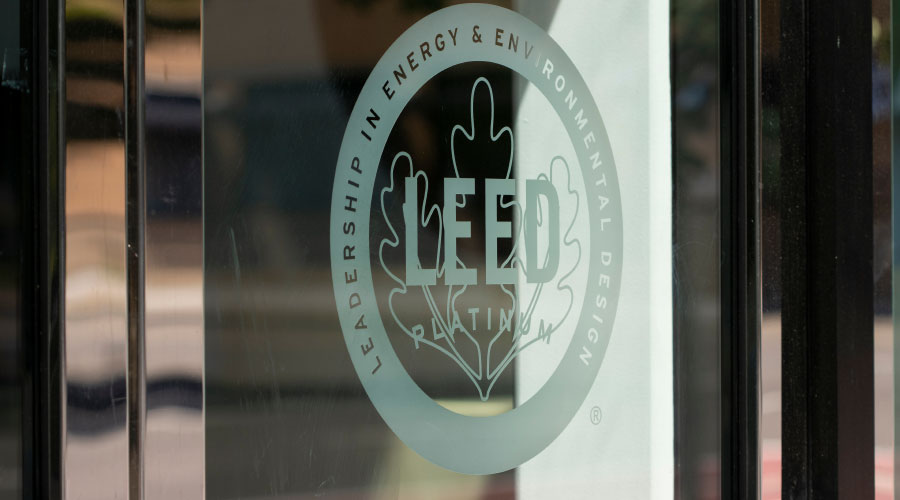Building Performance Partnership: Post-LEED Certification
In the 10 years since its inception, the LEED green building program has evolved rapidly. Each iteration of LEED becomes more rigorous than the previous as a result of innovation in technology, overwhelming interest in sustainability among the design, construction and facility management industries, and greater awareness of the comprehensive environmental and economic benefits LEED buildings provide.
Increasing awareness of post-occupancy performance has been a hot topic in recent months, as proper energy modeling, goal setting and occupant behavior have all been found to play major roles in achieving performance objectives after certification has been achieved.
To not only address these concerns, but also lay the groundwork for substantive developments in LEED that address post-occupancy performance, the U.S. Green Building Council has formed the Building Performance Partnership (BPP) — a coalition of LEED-certified residential and commercial projects that have voluntarily committed to providing energy, water and other performance metrics on an annual basis. This data will provide a clearer understanding of the gap between predicted patterns of performance at the time of certification and behavioral patterns which may thwart post-occupancy performance.
LEED is increasingly becoming a staple in many contract negotiations. Yet the certification process does not end with the plaque presentation or the achievement of credit requirements on a scorecard. LEED certification is a life-cycle process and requires responsibility from occupants and facility managers alike.
Human behavior is an integral component of performance-based design solutions. Many times, too much reliance is placed on automated systems, which still need human monitoring to ensure they are performing properly. If occupant sensors are supposed to control the lighting in a building, facility managers need to monitor when lights are in use and if they are properly shutting off when the space is not in use. If the facility settings miss these opportunities, it's up to the occupants to play their role in optimizing the facility's performance.
The BPP is aimed at helping projects meet their operational sustainability goals sought originally during the construction and design process. If maintained properly, any LEED-certified building can meet or exceed its performance goals. Occupant and facility-manager education is an important aspect of meeting performance objectives, and LEED is committed to embracing that education as a part of the certification process.
If facility managers are interested in having their LEED-certified project participate with the BPP or for more information, please visit: www.usgbc.org/bpp
Related Topics:













